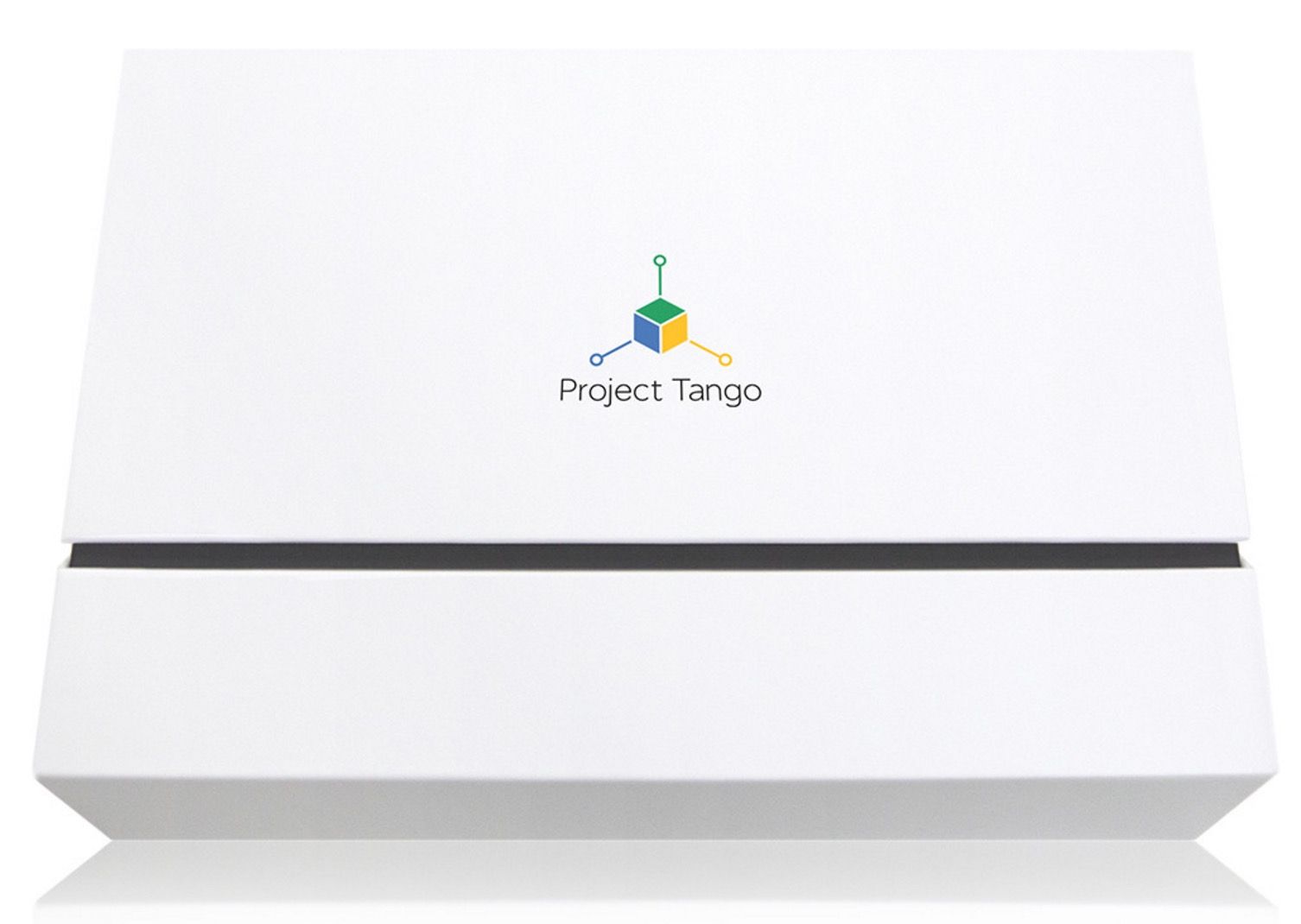Google is reportedly getting ready to unveil a standalone headset, and to complement that, it might announce a major Project Tango expansion.
Project Tango is a technology that uses cameras and sensors in mobile devices for motion tracking and depth perception. It enables a phone or tablet to not only recognise the world around you but also map it in detailed 3D. Project Tango can be used, for instance, to map indoor spaces. It'll not only provide a blueprint of floors, walls, ceilings, and furniture - but also the location of the device within that space and its orientation.
It can further be used in virtual reality and augmented reality applications, allowing you to see the world around you, as well as other players, while also layering a virtual environment on top of your real one with real objects. Project Tango basically has a lot of potential, and according to Bloomberg, Google is planning a big expansion of the technology this year. The company "ultimately wants to make [Project Tango] ubiquitous."
Lenovo announced plans to launch a Project Tango smartphone with Google during summer 2016. We can therefore expect to hear more about this phone at I/O in May. It is thought to use motion-tracking and depth-sensing in order to overlay a 3D world onto physical surroundings. Google I/O has some developer sessions scheduled on Project Tango, including a talk called What's New with Project Tango. It will "explore the vision of Project Tango and how it will come to life with the launch of our first consumer phone."
Bloomberg said Google is hoping developers will create new VR apps and services for Project Tango this year, such as video games with characters that can hide under real furniture, or a museum app that shows 3D animations overlaid onto a real exhibit. Another experience could even guide shoppers through a grocery store, highlighting sales and pointing shoppers to shelves.
If that's the case, we can imagine Google integrating Project Tango support into that standalone VR headset it is rumoured to unveil at I/O 2016. Keep in mind both the Oculus Rift and HTC Vive use separate sensors to map a room, while Tango uses components found in mobile devices. And many reports have already speculated Project Tango will be key to Google's VR approach.
It'll definitely be interesting to see what the company has in store in terms of this big Project Tango expansion and more, including whether it'll be used to bolster any upcoming VR hardware or other ventures.

